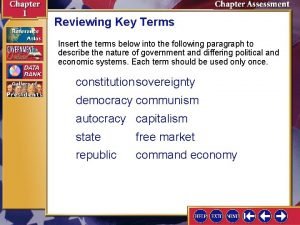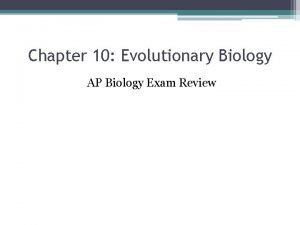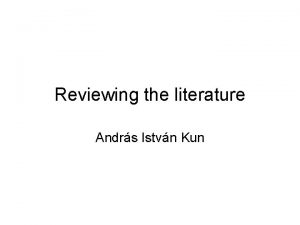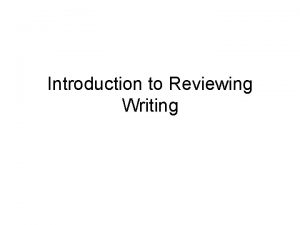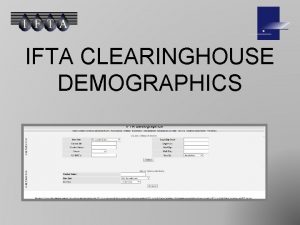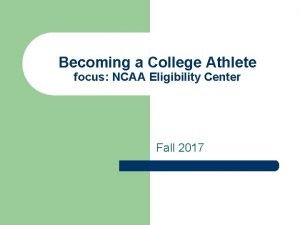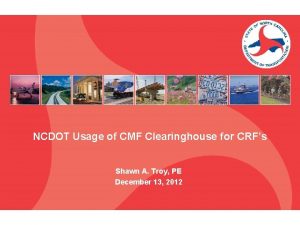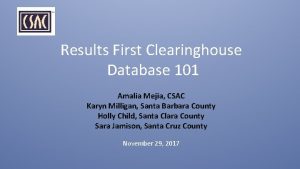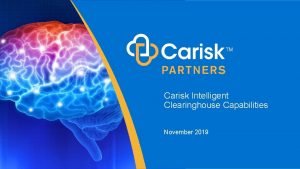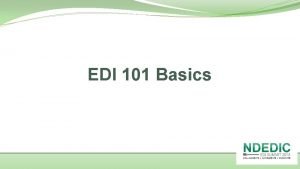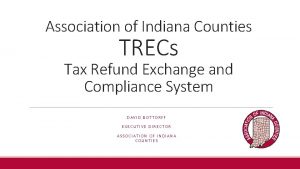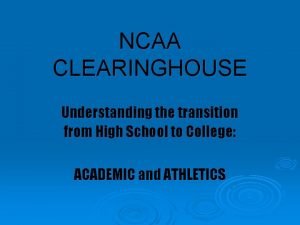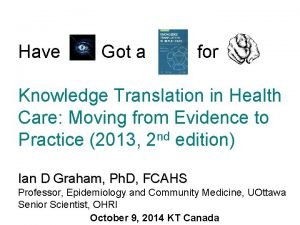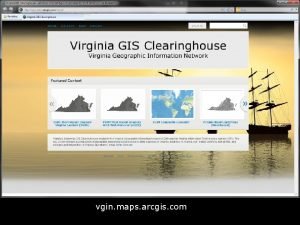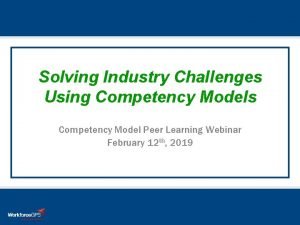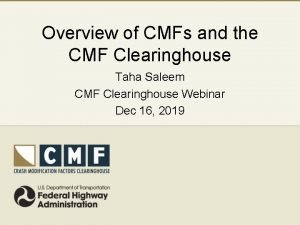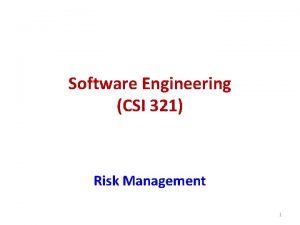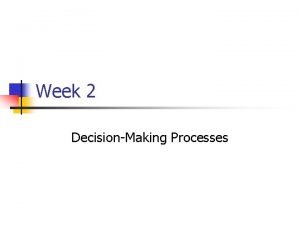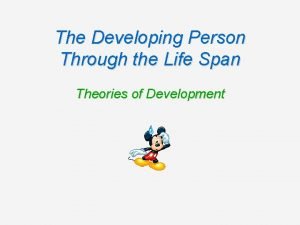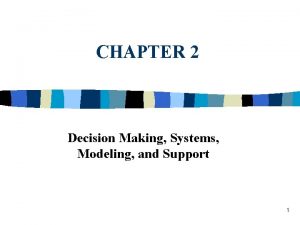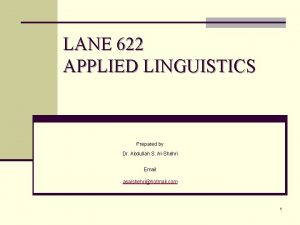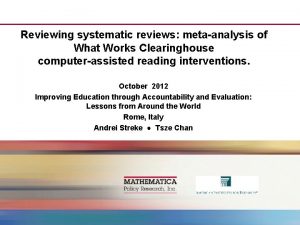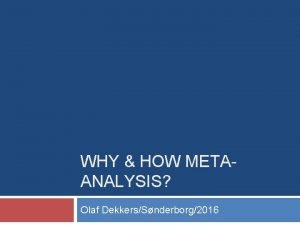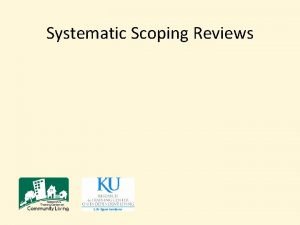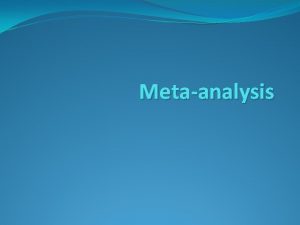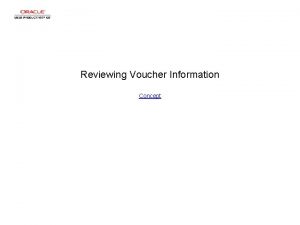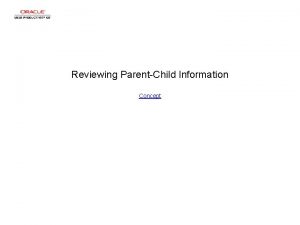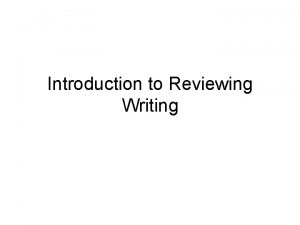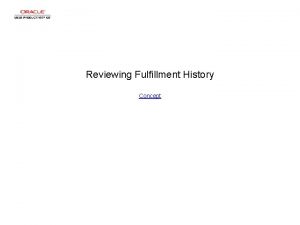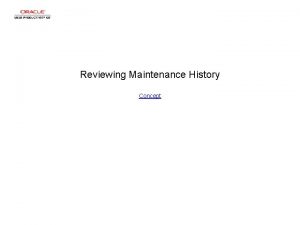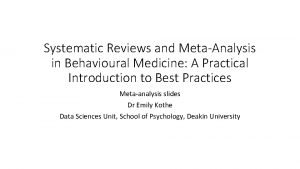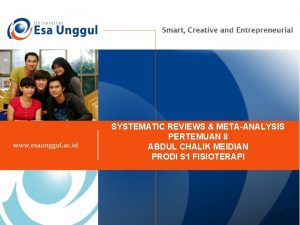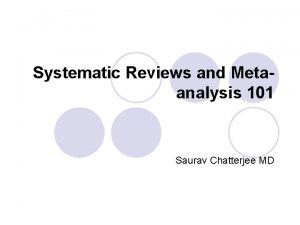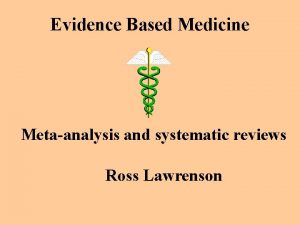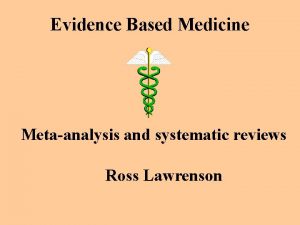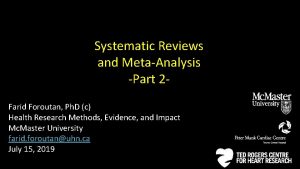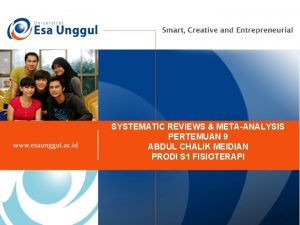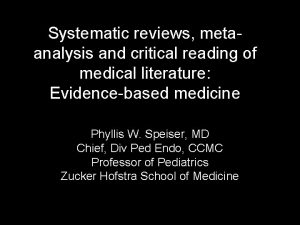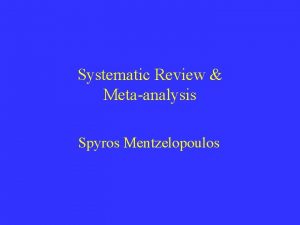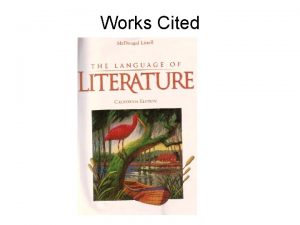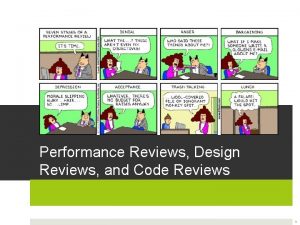Reviewing systematic reviews metaanalysis of What Works Clearinghouse
















































- Slides: 48

Reviewing systematic reviews: metaanalysis of What Works Clearinghouse computer-assisted interventions. November 2011 American Evaluation Association Annual Meeting, Anaheim Andrei Streke ● Tsze Chan

Session Title: Advanced Analytic Techniques in Educational Evaluation Multipaper Session 244 Thursday, Nov 3 2

Presentation Overview § What Works Clearinghouse systematic reviews § Meta-analysis of computer-assisted programs across WWC topic areas, reading outcomes § Meta-analysis of computer-assisted programs within Beginning Reading topic area 3

WWC Systematic Review § A clearly stated set of objectives with predefined eligibility criteria for studies § An explicit reproducible methodology § A systematic search that attempts to identify all studies that would meet the eligibility criteria § An assessment of the validity of the findings of the included studies § A systematic presentation, and synthesis, of the characteristics and findings of the studies 4

WWC Systematic Review Normative documents (http: //ies. ed. gov/ncee/wwc ): § WWC Procedures and Standards Handbook § WWC topic area review protocol WWC products: § Intervention reports http: //ies. ed. gov/ncee/wwc/publications_reviews. aspx § Practice guides § Quick reviews 5

Selection Criteria for Beginning Reading Topic Area § Manuscript is written in English and published 1983 or later § Both published and unpublished reports are included § Eligible designs: RCT; QED with statistical controls for pretest and/or a comparison group matched on pretest; regression discontinuity; SCD § At least one relevant quantitative outcome measure § Manuscript focuses on beginning reading § Focus is on students ages 5 -8 and/or in grades K-3. § Primary language of instruction is English 6

Examples of problematic study designs that do not meet WWC criteria § Designs that confound study condition and study site – Programs that were tested with only one treatment and one control classroom or school § Non-comparable groups – Study designs that compared struggling readers to average or good readers to test a program’s effectiveness 7

WWC Intervention reports § Program description § Intervention rating § Technical Appendices – Study characteristics – Outcomes characteristics – Study findings: effect sizes and improvement indices http: //ies. ed. gov/ncee/wwc/pdf/intervention_reports/wwc_a ccelreader_app_101408. pdf 8

9

Meta-Analysis procedures § Effect Sizes § Aggregation Method § Testing for Homogeneity § Fixed and Random Effects Models § Moderator Analysis -- ANOVA type -- Regression type 10

Effect Size (1) Effect size (Hedges & Olkin, 1985): 11

Flowchart for calculation of effect size (Tobler et al. , 2000) 12

Aggregation of Effect Sizes (1) Effect size (Hedges): (2) Effect size variance: Weight (w)= (Variance)-1 (3) Weighted average effect size: (4) Weighted average effect size variance: 13

Meta-analysis of computer-assisted programs across WWC topic areas, reading outcomes § Does the evidence in WWC reports indicate that computer-assisted programs increase student reading achievement? 14

Computer-assisted interventions 15

Examples of computer-assisted programs § Earobics® is interactive software that provides students in pre-K through third grade with individual, systematic instruction in early literacy skills as students interact with animated characters. The program builds children’s skills in phonemic awareness, auditory processing, and phonics, as well as the cognitive and language skills required for comprehension. 16

Examples of computer-assisted programs § Lexia Reading is a computerized reading program that provides phonics instruction and gives students independent practice in basic reading skills. Lexia Reading is designed to supplement regular classroom instruction. It is designed to support skill development in the five areas of reading instruction identified by the National Reading Panel. 17

Number of students and effect sizes by topic area 18

Computer-assisted programs, fixed effects 19

Homogeneity Testing § Homogeneity analysis tests whether the assumption that all of the effect sizes are estimating the same population mean is a reasonable assumption. § If homogeneity is rejected, the distribution of effect sizes is assumed to be heterogeneous. 20

Tests for Homogeneity of Weighted Effect Sizes by Topic Area 21

Random versus Fixed Effects Models § Fixed effects model assume: (1) there is one true population effect that all studies are estimating (2) all of the variability between effect sizes is due to sampling error § Random effects model assume: (1) there are multiple (i. e. , a distribution) of population effects that the studies are estimating (2) variability between effect sizes is due to sampling error + variability in the population of effects (Lipsey and Wilson, 2001) 22

Random Effects Model weights § Fixed effects model weights each study by the inverse of the sampling variance. § Random effects model weights each study by the inverse of the sampling variance plus a constant that represents the variability across the population effects (Lipsey & Wilson, 2001). This is the random effects variance component. 23

Computer-assisted programs, random effects 24

Computer-assisted programs, random and fixed effects 25

Computer-assisted reading interventions, topic area effects and 95% CIs 26

Meta-analysis of computer-assisted programs within Beginning Reading topic area § Are computer-assisted reading programs more effective than non-computer reading programs in improving student reading achievement? 27

Number of students and effect sizes by type of program: BR topic area 28

Beginning Reading Topic Area 29

Other reading programs § Reading Recovery® is a short-term tutoring intervention intended to serve the lowestachieving first-grade students. The goals of Reading Recovery® are to promote literacy skills, reduce the number of first-grade students who are struggling to read, and prevent long-term reading difficulties. Reading Recovery® supplements classroom teaching with one-to-one tutoring sessions, generally conducted as pull-out sessions during the school day. 30

Beginning Reading programs, fixed effects 31

Tests for Homogeneity of Weighted Effect Sizes by Type of Program, BR 32

Beginning Reading programs, random effects 33

Beginning Reading programs, random and fixed effects 34

Beginning Reading Interventions, Fixed Effects, 95% Confidence Intervals 35

Beginning Reading Interventions, Random Effects, 95% Confidence Intervals 36

Moderator Analysis, random effects Modeling between study variability: § Categorical models (analogous to a one-way ANOVA) § Regression models (continuous variables and/or multiple variables with weighted multiple regression) 37

Categorical analysis: moderators of program effectiveness § Population § Design § Sample size § Control group § Reading domain 38

Weighted mean Effect Sizes for moderators: 80 studies, Beginning Reading, random effects 39

Weighted mean Effect Sizes for moderators: 80 studies, Beginning Reading, random effects 40

Dummy Variables for Regressions 41

Regression Statistics for BR Programs, Random effects 42

Regression Statistics for BR Programs, Random effects 43

Regression Statistics for BR Programs, Random Effects 44

Meta-Analytic Multiple Regression Results From the Wilson/Lipsey SPSS Macro 45

Conclusions § The present work appears to lend some support to the proposition that computer-assisted interventions in reading are effective. For example, the average effect for beginning reading computer-based programs is positive and substantively important (that is >0. 25). § For the Beginning Reading topic area, the effect appears smaller than the effect achieved by noncomputer reading programs. 46

References § Borenstein, M. , Hedges, L. V. , Higgins, J. P. , and Rothstein, H. R. (2009). Introduction to Meta-Analysis. John Wiley and Sons. § Hedges, L. V. and Olkin I. (1985). Statistical Methods for Meta-Analysis. New York: Academic Press. § Lipsey, M. W. , & Wilson, D. B. (2001). Practical Meta-Analysis. Thousand Oaks, CA: Sage. § Tobler, N. S. , Roona, M. R. , Ochshorn, P. , Marshall, D. G. , Streke, A. V. , & Stackpole, K. M. (2000). School-based adolescent drug prevention programs: 1998 meta-analysis. Journal of Primary Prevention, 20(4), 275 -336. 47

For More Information § Please contact: – Andrei Streke • AStreke@mathematica-mpr. com – Tsze Chan • TChan@air. org 48 Mathematica® is a registered trademark of Mathematica Policy Research.
 Comprehensive metaanalysis
Comprehensive metaanalysis What is metaanalysis
What is metaanalysis Prospero nihr
Prospero nihr Streetworks revision
Streetworks revision Reviewing key terms
Reviewing key terms Chapter 20 patient collections and financial management
Chapter 20 patient collections and financial management Reviewing content strategies
Reviewing content strategies Reviewing concepts and vocabulary chapter 1
Reviewing concepts and vocabulary chapter 1 Section 4 flatworms mollusks and annelids
Section 4 flatworms mollusks and annelids Preparatory empathy
Preparatory empathy Five main stages of writing business messages
Five main stages of writing business messages![] ]](data:image/svg+xml,%3Csvg%20xmlns=%22http://www.w3.org/2000/svg%22%20viewBox=%220%200%20200%20200%22%3E%3C/svg%3E) ]
] Reviewing key terms
Reviewing key terms Reviewing key concepts reproductive barriers
Reviewing key concepts reproductive barriers Reviewing the literature
Reviewing the literature Chapter 5 section 3 the minor parties answer key
Chapter 5 section 3 the minor parties answer key What is reviewing
What is reviewing Eligibilitycenter.org
Eligibilitycenter.org Fdp expanded clearinghouse
Fdp expanded clearinghouse Ifta demographics
Ifta demographics Background clearinghouse login
Background clearinghouse login Ncaa clearinghouse 2017
Ncaa clearinghouse 2017 Cmf clearinghouse
Cmf clearinghouse Results first clearinghouse database
Results first clearinghouse database Closed question example
Closed question example Ifta clearinghouse
Ifta clearinghouse Carisk intelligent clearinghouse
Carisk intelligent clearinghouse Tesia clearinghouse
Tesia clearinghouse Trecs local gov clearinghouse indiana
Trecs local gov clearinghouse indiana Clearinghouse cbus
Clearinghouse cbus Ncaa clearinghouse paperwork
Ncaa clearinghouse paperwork Uheaa contact
Uheaa contact Kt clearinghouse
Kt clearinghouse Affordable housing clearinghouse
Affordable housing clearinghouse Vgin clearinghouse
Vgin clearinghouse Clearinghouse applicant initiated
Clearinghouse applicant initiated What is a competency
What is a competency Fastener clearinghouse
Fastener clearinghouse Interpersonal skills
Interpersonal skills Liquorrea
Liquorrea Clearinghouse cmf
Clearinghouse cmf National student clearinghouse student tracker
National student clearinghouse student tracker A systematic attempt to specify threats to the project plan
A systematic attempt to specify threats to the project plan Systematic decision making process
Systematic decision making process Horse taxonomy domain
Horse taxonomy domain Life span theories
Life span theories Systematic decision making process
Systematic decision making process Aptitude intelligence and systematic forgetting
Aptitude intelligence and systematic forgetting Prospero review registration
Prospero review registration
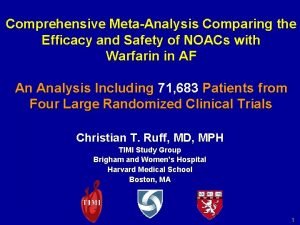
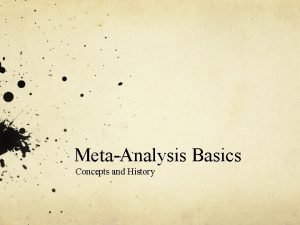
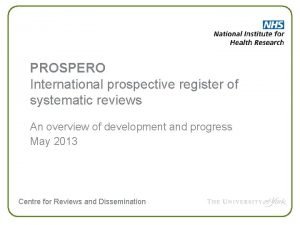

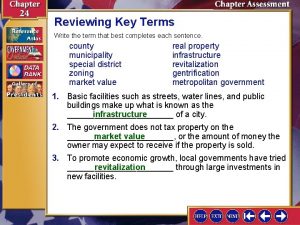
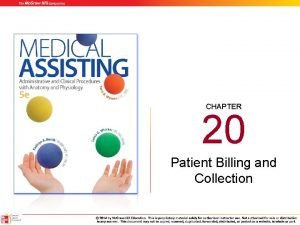

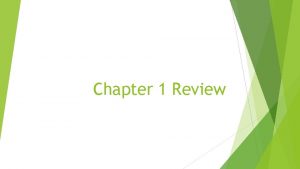

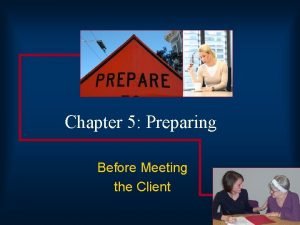
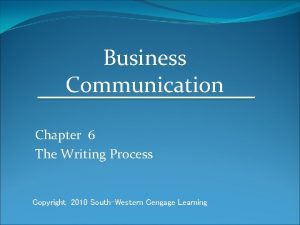
![] ]](https://slidetodoc.com/wp-content/uploads/2020/11/2404819_9eb8166b01395994bc3f851e1b2a9913-300x225.jpg)
